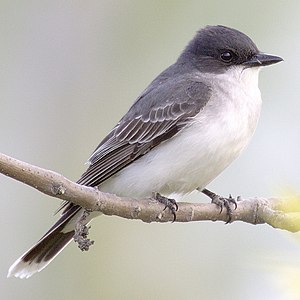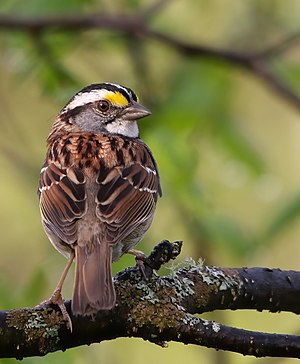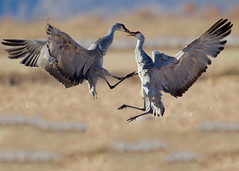NestWatch is a nest-monitoring project developed by the Cornell Lab of Ornithology in collaboration with the Smithsonian Migratory Bird Center, and funded by the National Science Foundation.
NestWatch is a “Citizen scientists” project where people across the country can monitor nests in their area and report their findings via the internet. Participants submit data about which kinds of birds are nesting, the number and dates eggs were laid, and the numbers of chicks hatched and fledged.
Collecting this information across the continent over long periods of time is one of the best ways researchers have to detect widespread changes in breeding bird biology. In addition to its scientific value, NestWatch is fun, free, and open to all. Participation is a great way for you to connect with nature.
There are also live cameras set up for Eastern Bluebirds, Barn Owls, Barred Owls, Wood Ducks, and other species at http://watch.birds.cornell.edu/nestcams/camera/index.
Everything you need to take part in NestWatch is available online at http://www.nestwatch.org/, including directions on how you find nests, how to build and put up nest boxes, and how you monitor nests without disturbing the birds.
NestWatch is a “Citizen scientists” project where people across the country can monitor nests in their area and report their findings via the internet. Participants submit data about which kinds of birds are nesting, the number and dates eggs were laid, and the numbers of chicks hatched and fledged.
Collecting this information across the continent over long periods of time is one of the best ways researchers have to detect widespread changes in breeding bird biology. In addition to its scientific value, NestWatch is fun, free, and open to all. Participation is a great way for you to connect with nature.
There are also live cameras set up for Eastern Bluebirds, Barn Owls, Barred Owls, Wood Ducks, and other species at http://watch.birds.cornell.edu/nestcams/camera/index.
Everything you need to take part in NestWatch is available online at http://www.nestwatch.org/, including directions on how you find nests, how to build and put up nest boxes, and how you monitor nests without disturbing the birds.
You can also help support and expand the program with a tax-deductible donation. This would help support breakthrough technology development, scientific discoveries, and far-reaching educational programs to improve the understanding and protection of birds.
Category ›
Family Fun




























































